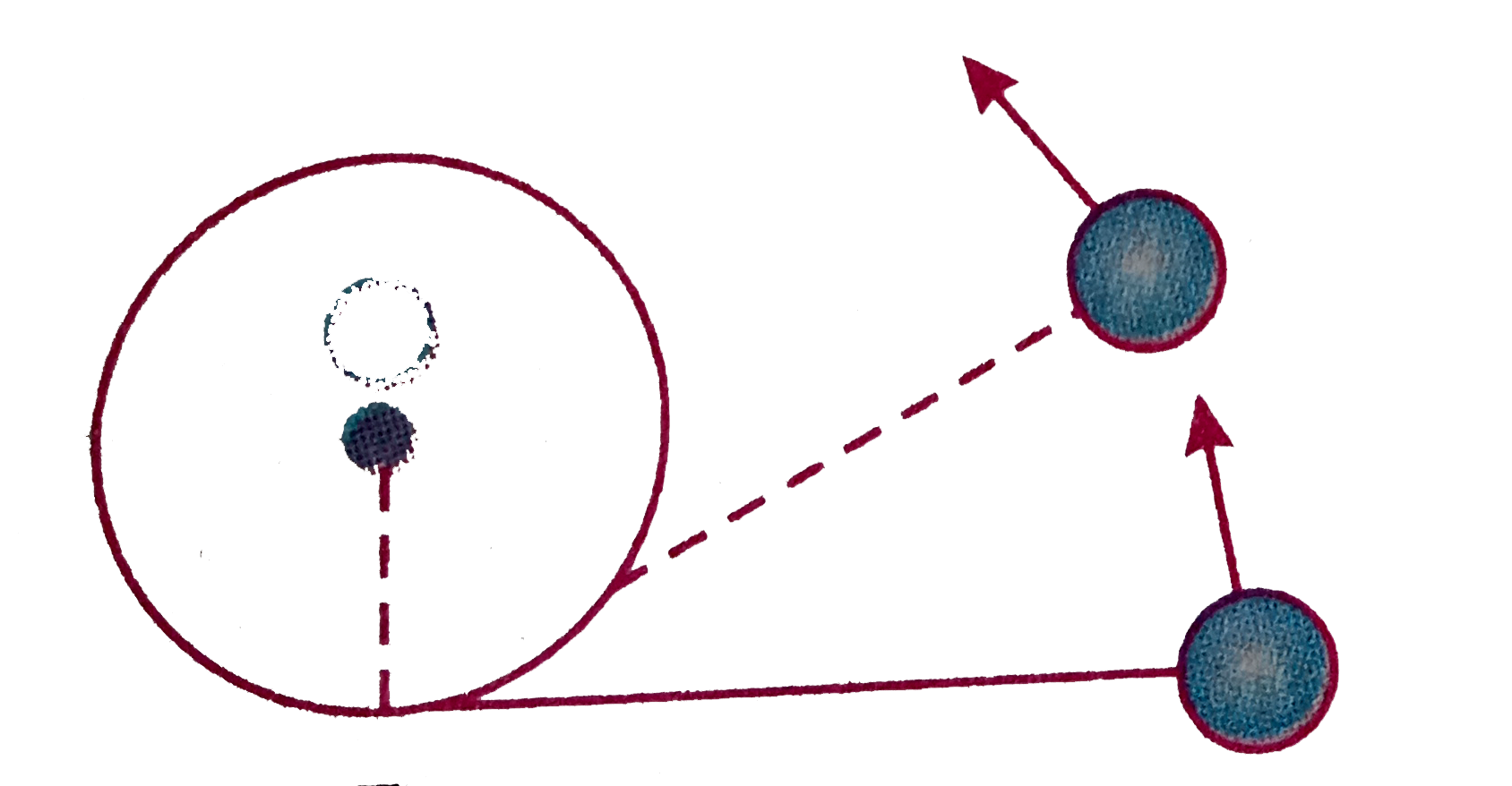Use the following information to answer question.
A student is conducting an experiment using a ball that is attached to the end of a string on a pendulum. The student pulls the ball back so that it is at an angle to its resting position. As the student releases the ball, it swings forward and backward. The student measures the time it takes the ball to make one complete period. A period is defined as the time it takes the ball to swing forward and back again to its starting position. This is repeated using different string lengths.
You must make the student locate an appropriate control variable for this experiment? It is the
The period
The length of the string
The mass of the ball
The color of the ball
The correct Answer is:C
Similar Questions
A ball attached to one end of a string swings in a vertical plane such that its acceleration at point A (extreme position) is equal to its acceleration at point B (mean position), The angle θ is

View SolutionA ball is released from point A. During its motion ball takes two seconds from B to C Find the time taken by ball from A to C.
 .
.
View Solution
Knowledge Check
Use the following information to answer question.
A student is conducting an experiment using a ball that is attached to the end of a string on a pendulum. The student pulls the ball back so that it is at an angle to its resting position. As the student releases the ball, it swings forward and backward. The student measures the time it takes the ball to make one complete period. A period is defined as the time it takes the ball to swing forward and back again to its starting position. This is repeated using different string lengths.
The students formed the following hypothesis:Lengthening the string of the pendulum increases the time it takes the ball to make one complete period.What correction would you have the student make to the hypothesis?ATurn it into an ''if/then'' statementBAdd the word ''will'' in the middle after the word ''pendulum''CSwitch the order of the sentence so that the phrase about the period comes first,and the phrase about the string's length is lastDNo corrections are neededA ball is released from point A. During its motion ball takes two seconds from B to C Find the time taken by ball from A to C.
 .A4secB5secC6secD7sec
.A4secB5secC6secD7secA ball is attached to a string that is attached to a pole. When the ball is hit, the string wraps around the pole and the ball spirals inwards sliding on the frictionless surface. Neglecting air resistance, what happends as the ball swings around the pole?
 Athe mechanical energy and angular momentum are conservedBthe angular momentum of the ball is conserved and the mechanical energy of the ball increasedCthe angular momentum of the ball is conserved and the mechanical energy of the ball decreasedDthe mechanical energy the ball is conserved and angular momentum of ball decreases
Athe mechanical energy and angular momentum are conservedBthe angular momentum of the ball is conserved and the mechanical energy of the ball increasedCthe angular momentum of the ball is conserved and the mechanical energy of the ball decreasedDthe mechanical energy the ball is conserved and angular momentum of ball decreases
A simple pendulum consists of a ball of mass m connected to a string of length L. The ball is pulled aside so that the string makes an angle of 53∘ with the verticle and is released. Find the ratio of the minumum and the tension in the string.
View SolutionA ball of mass 1kg is attached to an inextensible string. The ball is released from the position shown in figure. Find the impulse imparted by the string to the ball immediately after the string becomes taut.

View SolutionA ball is attached to a string that is attached to a pole. When the ball is hit, the string wraps around the pole and the ball spirals inwards sliding on the frictionless surface. Neglecting air resistance, what happends as the ball swings around the pole?

View SolutionA ball is released from point A. During its motiom ball takes two seconds from B to C, Find the time taken by ball from A to C.

View SolutionA ball with mass m is attached to the end of a rod of mass M and length l. The other end of the rod is pivoted so that the ball can move in a vertical circle. The rod is held in the horizontal position as shown in figure and then given just enough a downward push so that the ball swings down and just reaches the vertical upward position having zero speed there. Now answer the following questions.
The initial speed given to the ball is

View Solution
